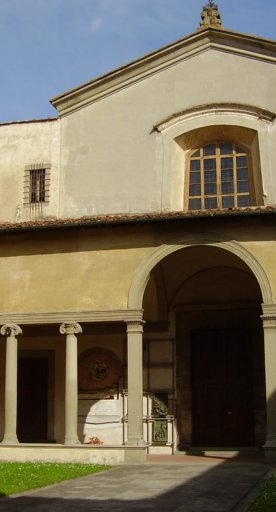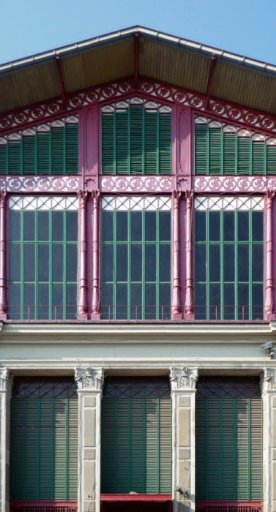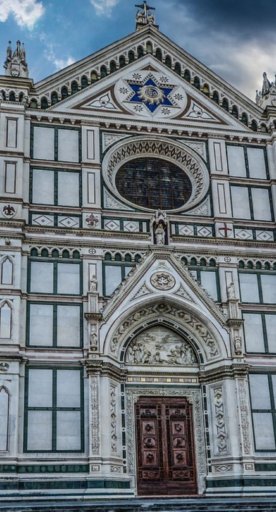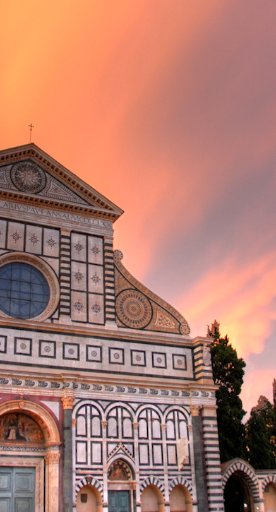Loggia della Signoria or Loggia dei Lanzi
In Florence an open-air sculpture gallery containing antique and refined Renaissance art
Florence is an open-air museum and there’s a place where this definition takes on its full meaning: the Loggia della Signoria or Loggia dei Lanzi.
Whatever its name (it is also called Loggia dei Priori or Loggia dell'Orcagna), it is a unique example of an open-air sculpture gallery containing antique and refined Renaissance art. With its wide arches, it opens to Piazza della Signoria, adjoining the Uffizi Gallery, and features beautiful sculptures made by artist like Giambologna and Benvenuto Cellini. Those arches seem to have influenced Brunelleschi when he planned the first renaissance building: the Spedale degli Innocenti.
The Loggia was built between 1376 and 1382 by Benci di Cione and Simone Talenti, to house public ceremonies of the Florentine Republic. Since the sixteenth century, at the time of the Grand Duchy of Tuscany, the Loggia became an expression of the Medici family power. The sculptures, in fact, were chosen according to merely aesthetic criteria but to affirm and represent specific political meaning.
Two huge lions greet visitors at the top of the stairs that rise from Piazza della Signoria: the one on the right dates from Roman times, the other on the left was sculpted by Flaminio Vacca in 1598 and was originally placed in the Villa Medici in Rome before being moved to the Loggia in 1789.
After the construction of the Uffizi, Buontalenti created a roof garden above the arches of the Loggia, a terrace from which the Medici could watch ceremonies in the square. Today, this spectacular terrace is part of the museum.


Once in the Loggia, it's possible to admire the statues up close and from all sides.
Perseus is a magnificent bronze statue by Benvenuto Cellini, commissioned by Cosimo I de’ Medici and placed here in 1554; it shows the mythical Greek hero brandishing his sword in his right hand and holding up the Medusa’s head in the other hand. The richly decorated marble pedestal, also by Cellini, shows four bronze statuettes of Jupiter, Mercurius, Minerva and Danaë.
The Rape of the Sabine Women is an impressive marble group by Giambologna, installed here in 1583 at the behest of the son of Cosimo I, Francesco I de' Medici. The statue is over 4 metres high and is the first group of sculptures that represent more than a single figure in European sculptural history to be conceived without a dominant point of view: it can be in fact equally admired from all sides. It's said it was made carving an imperfect block of white marble, the largest block ever been transported to Florence. The plaster model used by Giambologna to make the statue is at the Galleria dell'Accademia.
The other sculptures represent: Hercules and the Centaur Nessus, a lesser-known work by Giambologna, made in 1599 but placed here only in the nineteenth century; Patroclus and Menelaus, a marble group of Roman times which originally stood at the end of the Ponte Vecchio; the Rape of Polyxena, a nineteenth-century group of statues made by Pio Fedi.
At the bottom of the Loggia there are six marble female figures, probably coming from the Trajan’s Foro in Rome, discovered in 1541 and brought to Florence in 1789. On the right wall of the Loggia there's a Latin inscription from 1750 commemorating the change of the Florentine calendar (the Florentine calendar used to begin on March 25 instead of January 1 but since 1749 it started following the standards of the Roman calendar). An inscription of 1893 recalls the stages of the Italian unification.
Accessibility information: feelflorence.it










